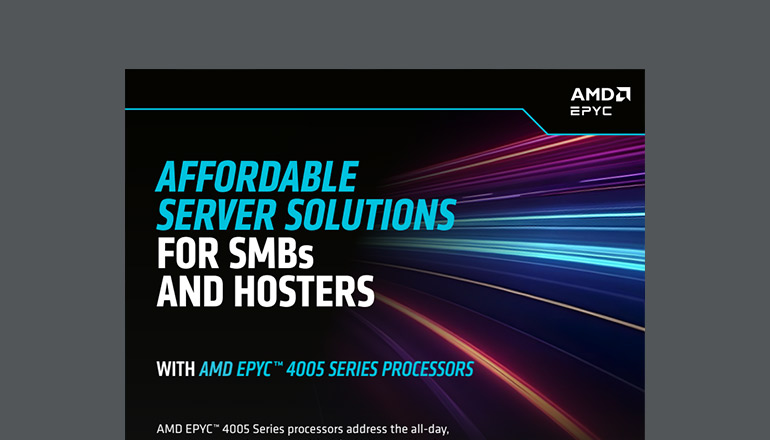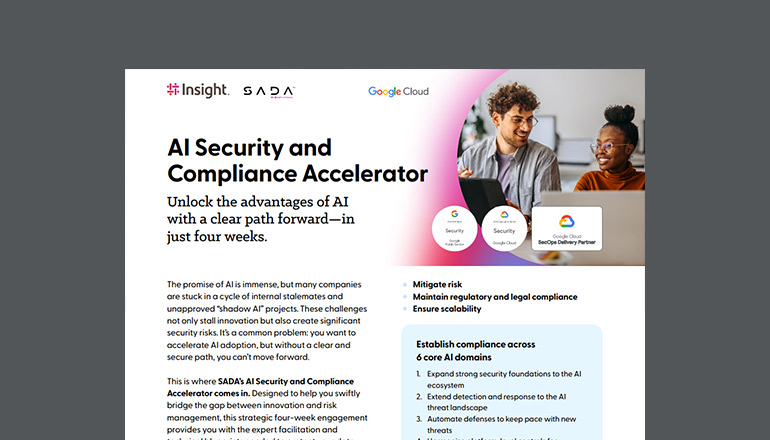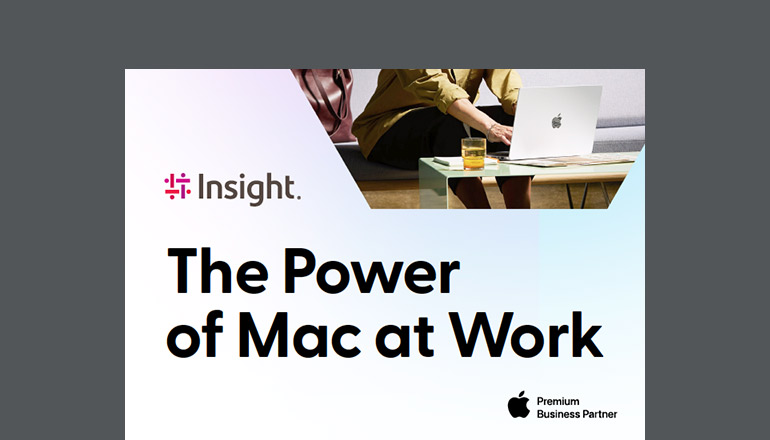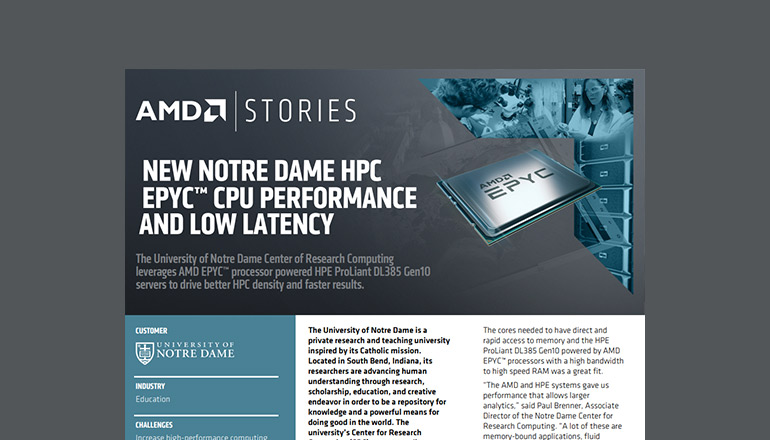Blog Google Cloud: Helping You Scale Smarter and Faster
By Insight Editor / 13 May 2022

Today’s companies are maximizing the vast possibilities of Google Cloud (GC). With GC, organizations can easily build, manage, and process their data and operations all on Google’s serverless infrastructure. Many teams that have deployed GC experience a boost in effective collaboration while seeing their initiatives scale to greater heights.
But what should companies know before getting started?
During an online webinar series, one of Insight’s cloud experts reviewed what to consider when kicking off your GC journey to ensure you get the most out of your investment.
High-level benefits of GC
Deploying GC has helped many companies understand their business goals and accomplish them through collaboration, scalability and transformation. The platform comes with several benefits that help users optimize their data operations.
Benefits include:
- High compute power
- Secure storage
- Customizable databases
- Scalable Artificial Intelligence (AI)
High compute power and secure storage
Google’s high-power computing lets you build, run, and connect on serverless architecture with tailored features that fit your company’s unique business needs. The platform’s storage feature is extensive, reliable, cost-effective, and secure.
Customizable databases and scalable AI
GC’s databases are fully managed, auto scaled, and give users options on how and where their data will be managed. GC’s AI and Machine Learning (ML) capabilities are easy to deploy and can significantly increase your company’s competitive differentiation. The AI applications within GC fall under the categories of sight (vision and video intelligence), language (auto and natural translation), conversation (speech to text, text to speech) and more.
Maybe you already have specific goals in mind for what you want to achieve with GC. Or maybe you need more information on the basic benefits and how it works. In either case, Insight’s GC Envisioning Session is designed to give you a clear picture of how GC capabilities match up to your organization’s needs, give you visibility into technology options and demonstrate Insight’s partnership power with Google for your business.
GC has the compute power to effortlessly manage extreme capacities of data.
For example, one company operating on GC manages 350 petabytes of data on the platform.
To put that into perspective, in 1999, the total amount of hard drive space produced across the globe was only around 40 petabytes.
GC cost optimization opportunities
One of the most common challenges when deploying cloud platforms is managing escalating expenses. Without the proper strategies in place, it’s easy to rack up costs. Implementing the following cost-saving procedures can significantly reduce overspend and ensure your company gets the most out of your cloud investment.
Capturing cloud spending with labeling
The first step to optimizing your cloud costs is properly labeling your projects. GC and many other cloud services have labeling features to help identify resource usage and allow users to capture and store data spending consistently.
Clear reporting and cost transparency
Clear and consistent reporting is key to making data-driven decisions. Users can report on costs on GC using the platform’s ready-made reports, monthly invoices and custom dashboards.
Cost transparency should be a top priority when aiming to reduce overspend. Without transparency, employees are not equipped to make informed decisions to help optimize costs. It’s crucial for leaders to visualize costs at multiple levels to give different stakeholders the ability to easily gain insights into spend.
Actively managing costs and forecasting usage
When optimizing cloud costs, companies should ensure that budget and spend alerts are in place to control spending. This will help leaders actively review spending and consider cost optimization strategies and discounts that can reduce expenditures.
Forecasting costs also aids in optimizing your cloud usage by ensuring your organization can accurately predict and account for upcoming expenses.
Deployment and scale of AI with GC
As our digital landscape evolves, many companies are identifying as “smart companies” by centering technology in their operations regardless of industry. GC simplifies the adaptation of AI and ML for your teams so you can focus on scaling and building, faster.
AI absorption methods
Organizations looking to utilize AI functionality within GC must first map their business objectives to an AI absorption strategy.
Ask yourself: What is the level of AI our company needs to solve our business challenges?

AI out-of-the-box
At the base level, organizations can implement AI out-of-the-box. It’s fast, minimal and requires lower effort for companies interested in a quicker deployment. AI out-of-the-box will still maximize the value AI delivers to business workflows.
Custom AI
The second level, custom AI, is for companies that require a bit more flexibility than AI out-of-the-box. Custom AI offers standard competitive differentiation, requires medium effort and time, and is faster than a full-fledged AI deployment.
Extreme competition differentiation AI
Lastly, extreme competition differentiation AI is for companies looking for a full, end-to-end AI deployment. This level of AI takes the longest and requires the most effort. However, it’s extremely customized and has a material impact on competitive differentiation. Once deployed, your AI initiative will be so unique to your company that it wouldn’t have existed until you created it.
Leveraging Vertex AI
The best way to unify and manage your AI efforts is through a platform within GC called Vertex AI. In this platform, all AI/ML operations flow through a singular pipeline. Vertex AI lets GC users build, deploy, and scale ML models faster, with pre-trained and custom tooling. Companies using Vertex AI can gain access to Google’s best-in-class algorithms as a service, ML workflows, model management, governance and more.
Tune in to our on-demand webinar to learn how Google is making AI accessible for GC users.
Better together: GC and Microsoft Azure
Although there are several advantages to deploying GC, leveraging all of your cloud operations on a single platform can create constraints and limit the effectiveness of your cloud initiative. Today, many companies use a unified management hub to merge the power of GC with other leading cloud service providers and double ROI. Partnering your GC initiative with Microsoft Azure can enhance cloud efficiency and helps you get the best of both worlds.
Leveraging Anthos for Azure/multicloud
Anthos, GC’s leading unified management hub, lets you use hybrid multicloud applications (like Google Cloud and Azure) without being locked into a specific environment or infrastructure. The platform lets users build, deploy, and optimize apps anywhere, simply and flexibly. Additionally, Anthos’s single consolidated approach ensures a better security posture for your organization.
Start seeing real transformation in your workplace with Google Cloud.




